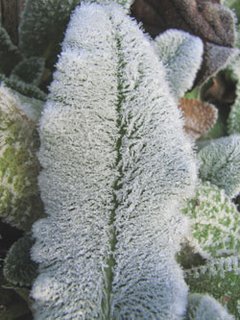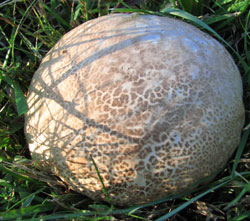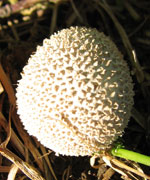Frosty Lamb’s ears
 Frost is a lot more common on our farm than it is in the city. There’s more moisture in the air (city’s are basically deserts – lots of concrete, little ground water, and fewer plants) and the nights are generally cooler.
Frost is a lot more common on our farm than it is in the city. There’s more moisture in the air (city’s are basically deserts – lots of concrete, little ground water, and fewer plants) and the nights are generally cooler.This Lamb’s ear plant is in our garden – about the only green plant left. The frost was heavy the morning I took this photo – but most of it burned off in less than an hour after the sun came up. The close shot shows the crystals that form to make a frost.
 Frost forms when a solid surface in contact with the atmosphere is chilled below the deposition point causing spicules of ice to grow from the solid surface – the formation of frost is affected by elevation, and differences in absorptivity and specific heat of the ground the superincumbent air. Say that three times real fast.
Frost forms when a solid surface in contact with the atmosphere is chilled below the deposition point causing spicules of ice to grow from the solid surface – the formation of frost is affected by elevation, and differences in absorptivity and specific heat of the ground the superincumbent air. Say that three times real fast.





